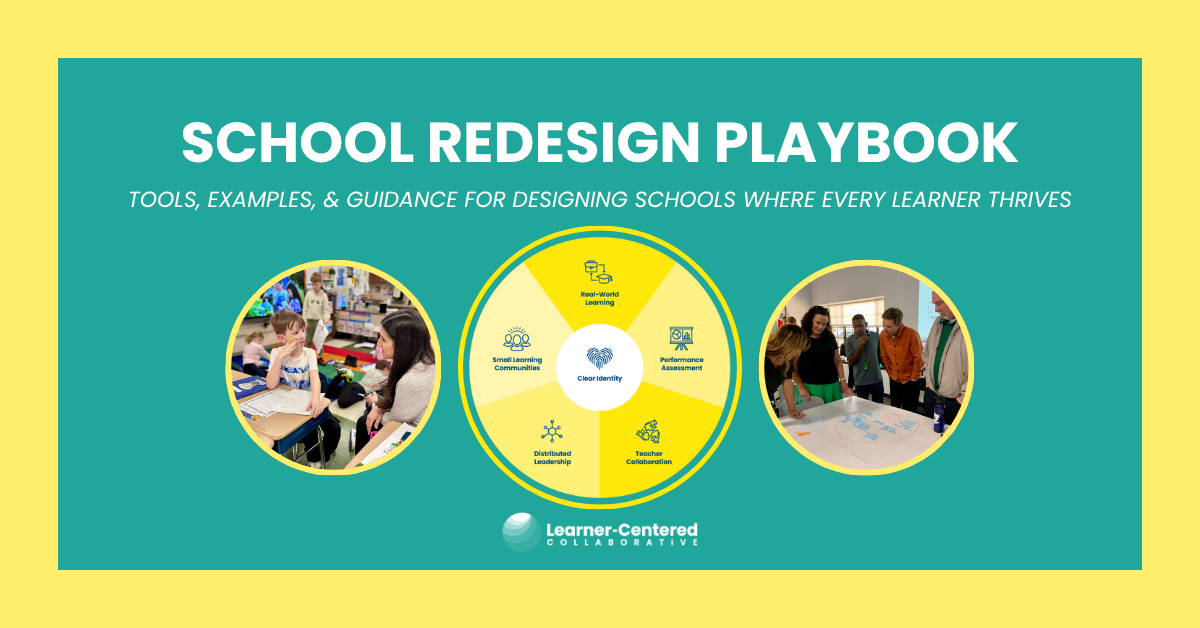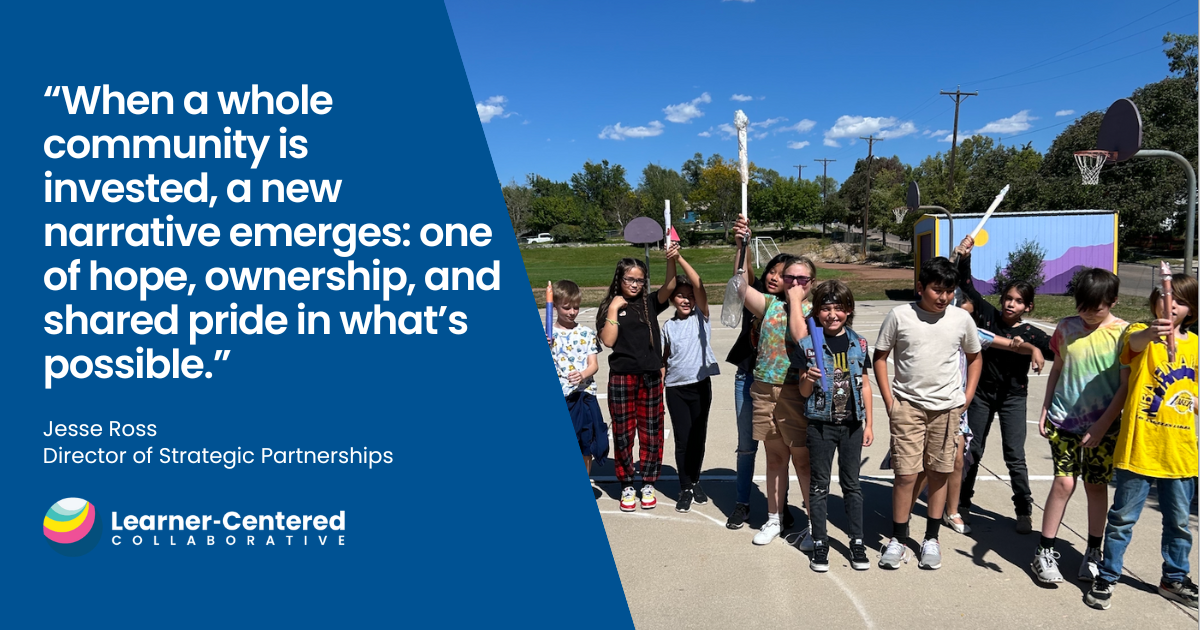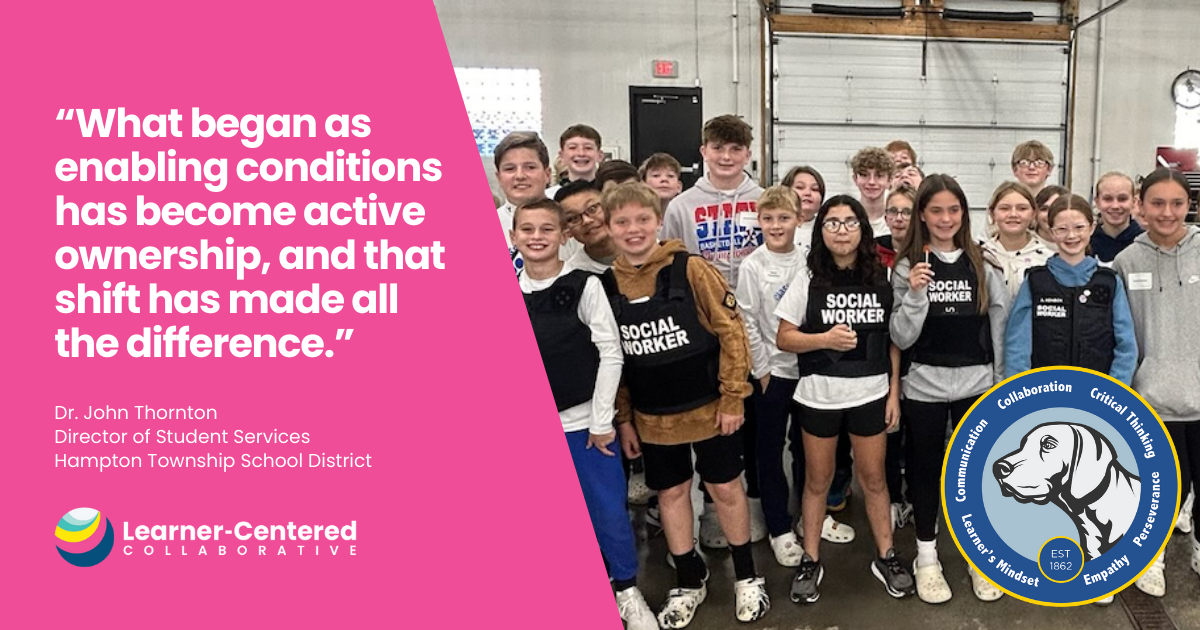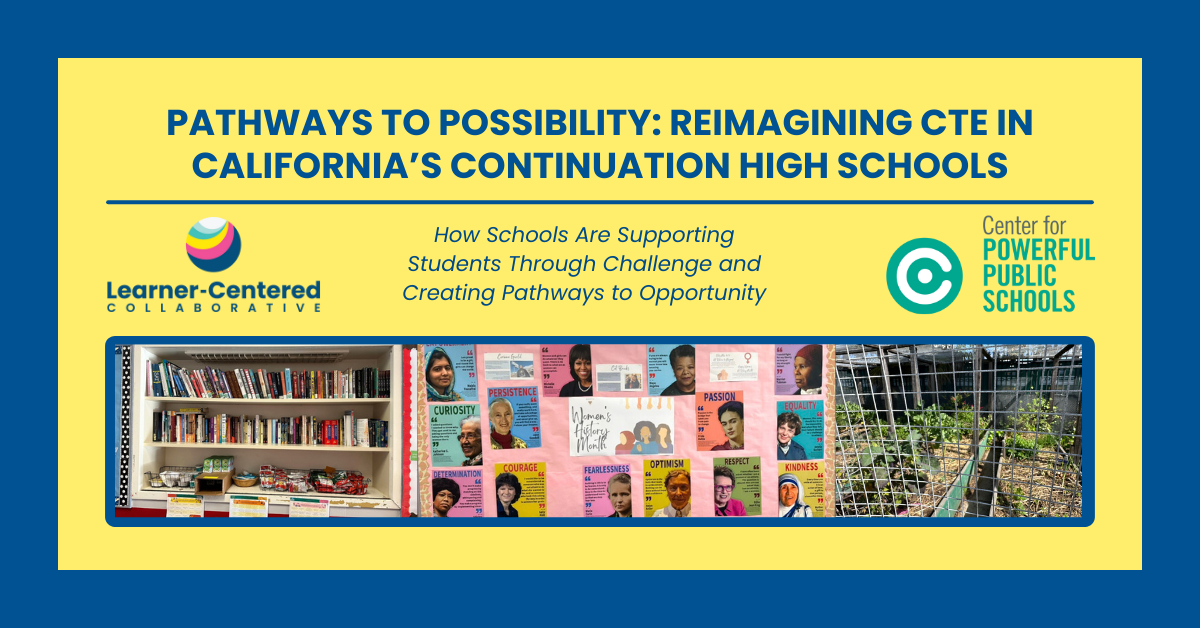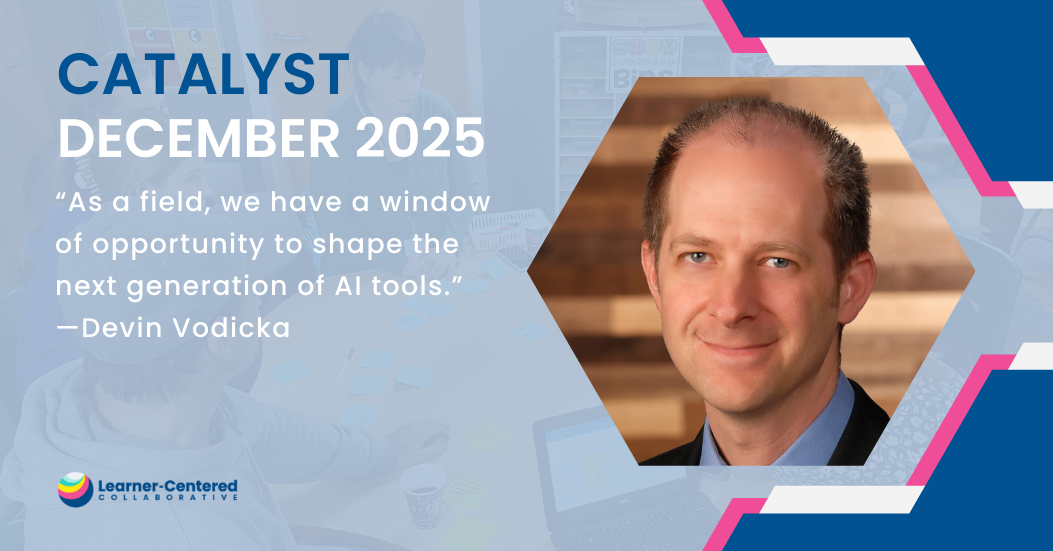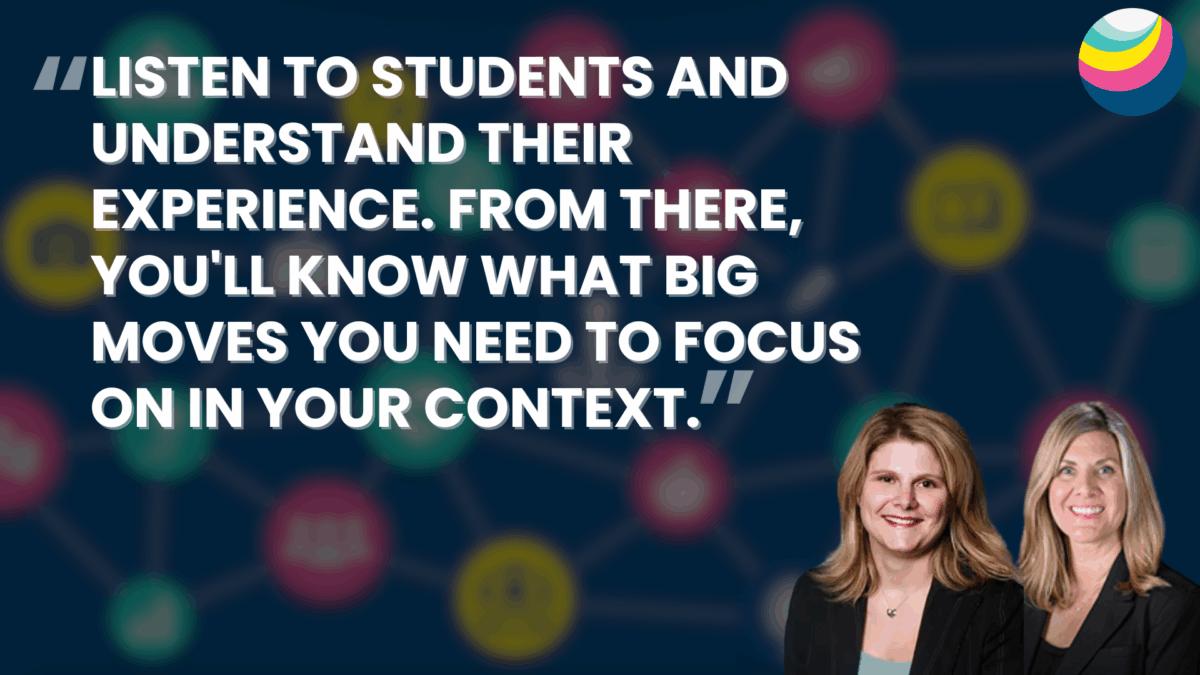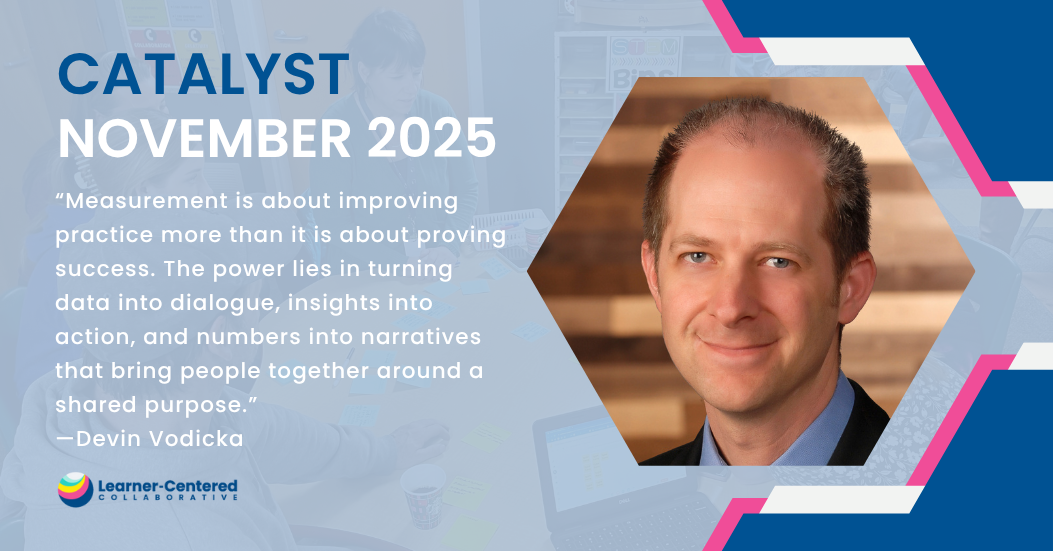5 Tips for Launching Internships and Apprenticeships in Your District

Every year, thousands of students graduate high school without stepping foot into a professional work setting. In today’s rapidly changing world, this lack of exposure is not providing students with the experiences and skills they need to thrive beyond graduation. So, what if school was not separate from the “real world,” but an active part of it?
In partnership with Learner-Centered Collaborative, Lynwood Unified School District (LUSD) is pushing for this real-world integration by expanding its Work-Based Learning (WBL) programs, including internships, apprenticeships, and job shadowing.
We partnered with CTE educators, district leaders, and community partners to co-create a shared vision for expanding WBL opportunities. This Design Team began with a simple but powerful question: How can we ensure every student connects what they learn in school to real-world opportunities?
Read More: Learn how design thinking is driving and unifying multi-layered work in Colorado Springs.
Over the course of three sessions, the team embarked on a process of discovery, design, and action. They started by celebrating what was already working in Lynwood classrooms, from project-based lessons to existing partnerships that brought learning to life. Together, they mapped community assets, identified key partners, and drew inspiration from innovative models across the country, discussing what could be adapted, what needed to evolve, and what should be left behind.
After conducting research, the team translated those insights into a three-year roadmap for expanding accessible, career-connected learning. They outlined priorities, key milestones, and early indicators of success. Along the way, we learned five core lessons from Career Pathway Coordinators, CTE Directors, and Early College specialists across Southern California who shared what it really takes to build sustainable internship and pre-apprenticeship programs.
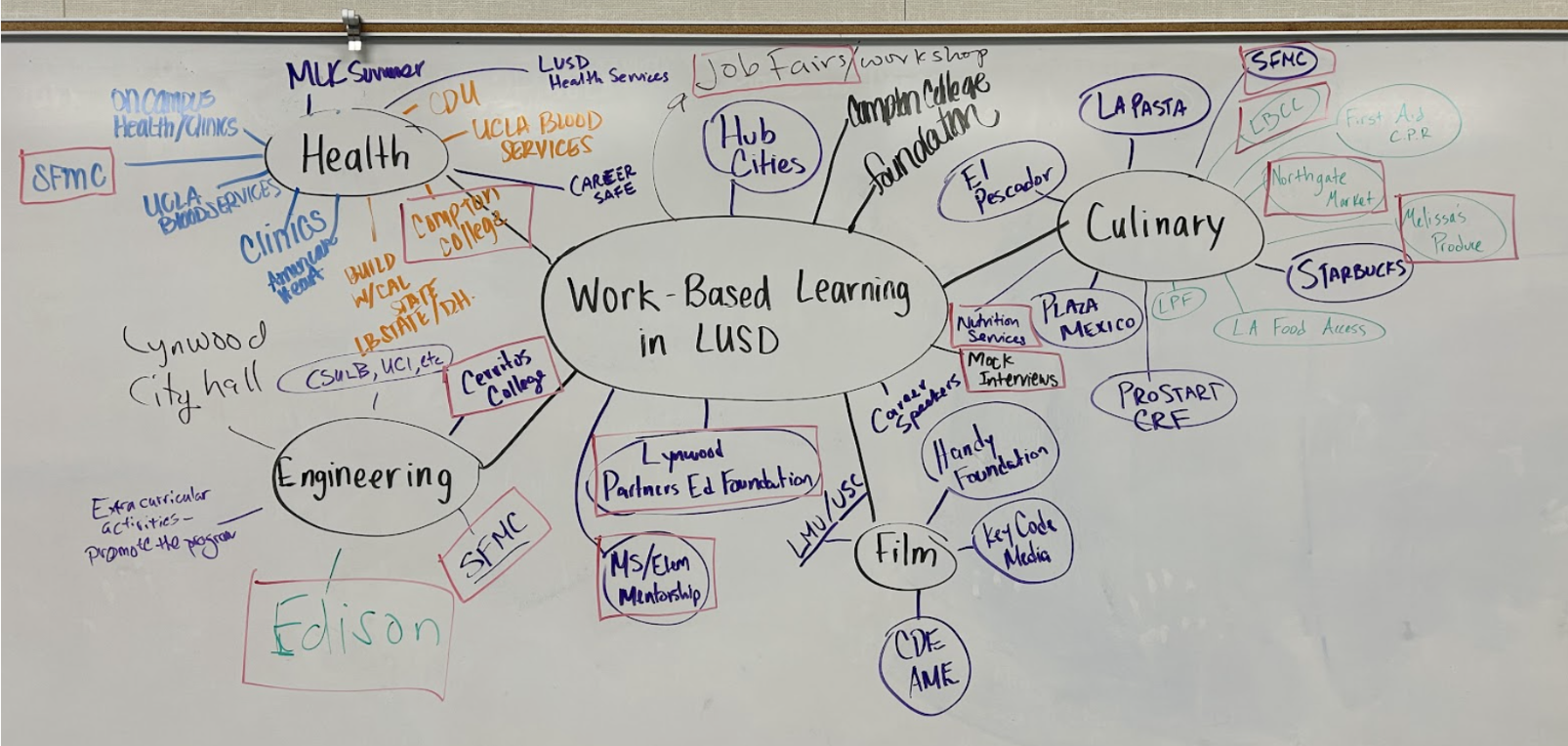
Notes from LUSD’s brainstorming session
1. Start Small, Build Trust, and Grow Partnerships Over Time.
Many successful programs began by inviting local businesses to guest speak, host small groups, or attend advisory meetings. Over time, these low-stakes partnerships grew into internships and pre-apprenticeships that now anchor districtwide pathways.
Lynwood used this advice in their partnership with a local hospital by beginning with field trips and job shadow opportunities. It eventually evolved into an opportunity for a small group of students to complete summer internships, gaining firsthand experience in healthcare. Going forward, Lynwood intends to expand this collaboration so more students can participate throughout the school year.
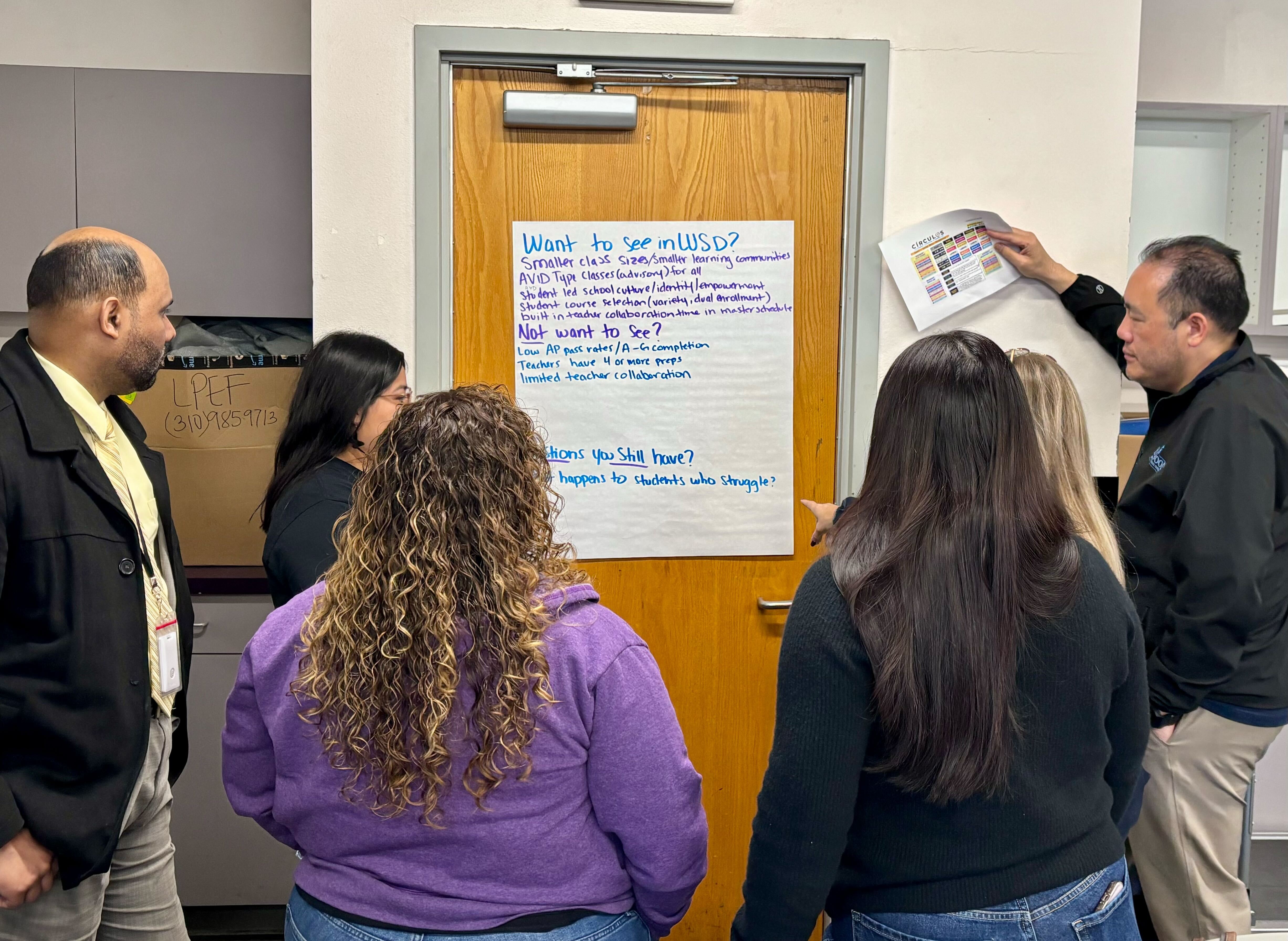
2. Make Relationships the Foundation.
CTE teachers and coordinators are the bridge between classrooms and the community. Encourage teachers to “pound the pavement” by attending local industry events and connecting with business leaders.
For example, instead of sending CTE teachers to conferences on education, send CTE teachers to conferences related to their industries to support their learning and networking. Relationships matter more than contracts, and when partners see student enthusiasm firsthand, they return year after year.
Many schools have already launched successful Work-Based Learning Programs. Learn more about how they’ve developed community partnership strategies for internships, mentorships, and community projects.
3. Design for Access.
Work-Based Learning thrives when every learner can participate. Ensuring unrestricted access requires coordination across counselors, teachers, and community partners so that opportunities fit within each student’s academic journey, not on top of it.
Schedule internship classes during the school day or use block scheduling to help remove barriers like transportation or competing electives. Prioritize flexible structures that include English learners, newcomers, and students with disabilities. San Marcos Unified School District models this well: all students have access to internship classes, regardless of A-G requirements, a set of 15 specific high school courses that students must complete to be eligible for admission to the University of California and California State University systems.
If your school wants to prioritize Work-Based Learning Programs, consider Master Schedule Redesign as one of your Big Moves.
4. Use Technology to Manage the Details.
From securing permission slips to managing fingerprint clearance for supervisors, logistics can quickly slow down Work-Based Learning programs. To streamline these processes, districts like San Marcos and Long Beach Unified have adopted tools such as Salesforce and DocuSign to automate contracts, track student placements, monitor safety requirements, and manage insurance and compliance documents. These digital systems also create continuity, ensuring partnerships remain strong even when teachers, coordinators, or business liaisons change roles.
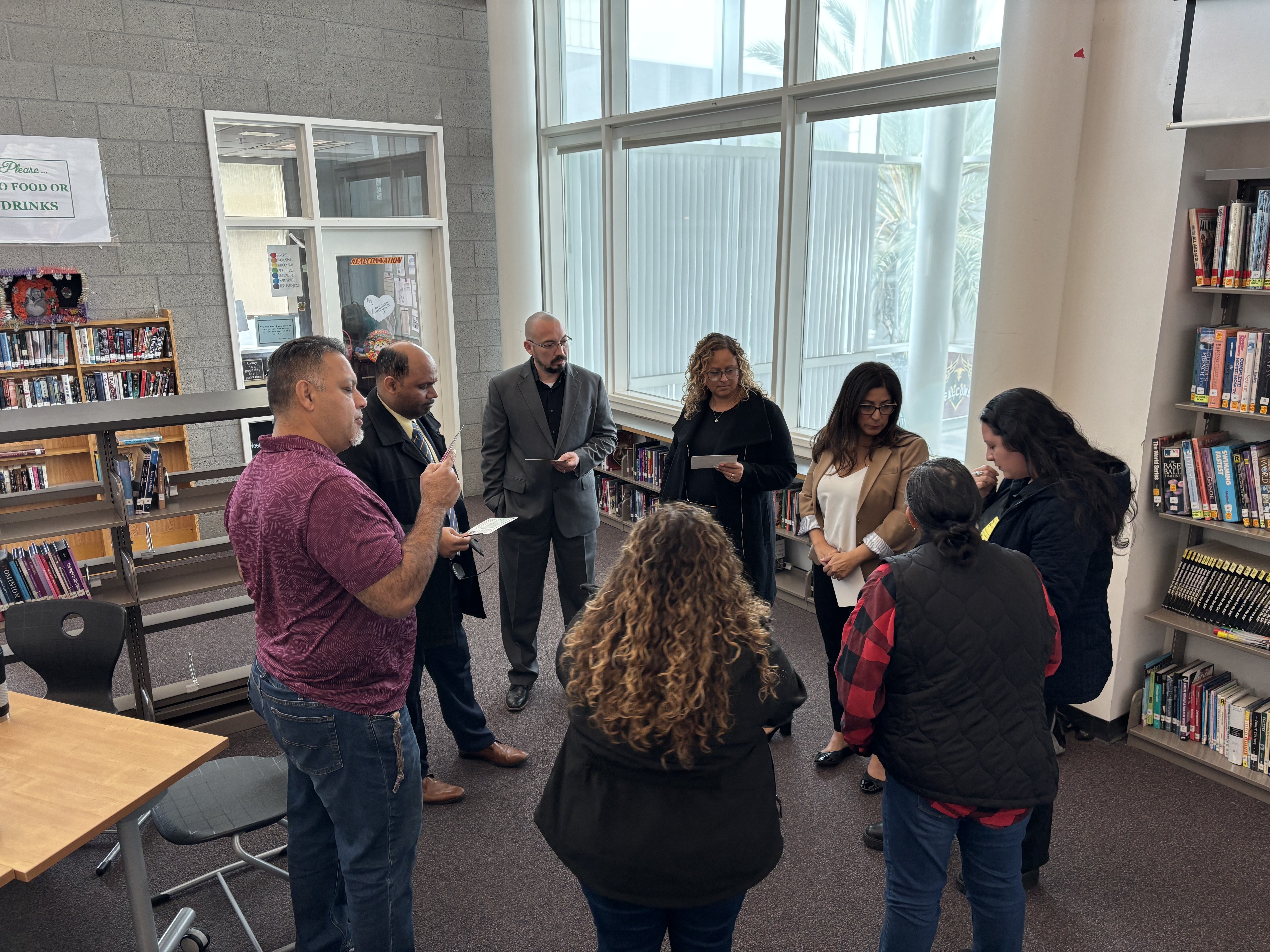
5. Align Pathways to Local Industry Needs.
Strong programs evolve with the economy. Districts can use economic forecasts and local workforce data to identify high-demand fields like healthcare, engineering, and environmental science. Avoid “copy-paste” pathways and instead design programs that reflect your community’s unique context and students’ aspirations.
Schools across the country are utilizing Career Pathways Programs to prepare learners for the multitude of paths they can take after graduation. Learn more about the specifics here.
Looking Ahead
Lynwood’s work shows that with collaboration, intentional design, and community partnership, every student can access meaningful, career-connected learning. Whether you’re starting with one class or a district-wide plan, the goal is the same: help students see themselves in the world beyond school and prepare them to shape it.
Implementing internships, apprenticeships, and mentorships is a great way to integrate Real-World Learning into learners’ days, but it’s no small undertaking. The Learner-Centered Collaborative team has ample experience helping districts and schools take the first steps and build programs over multiple school years. Let’s work together to evolve your district.
